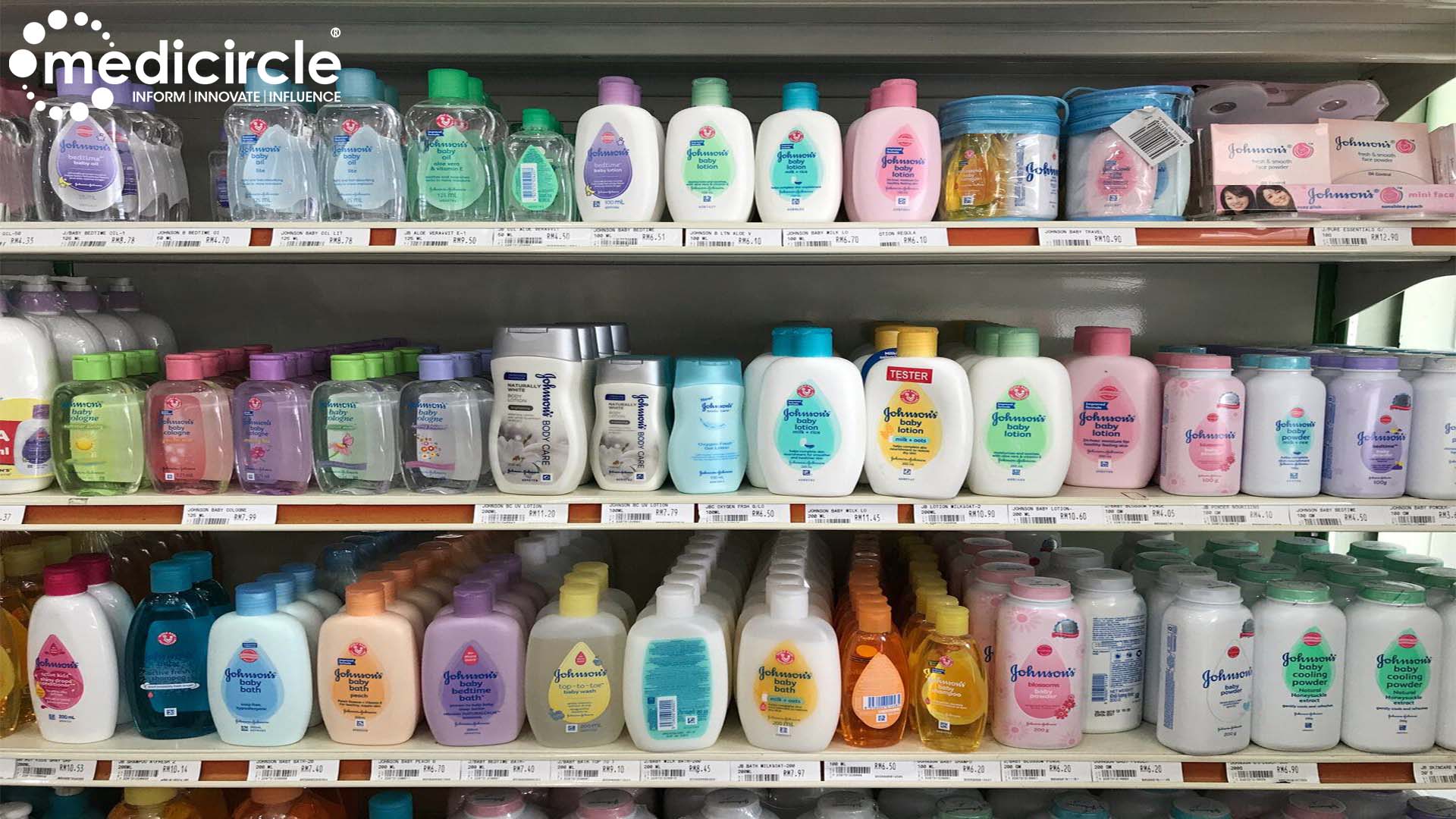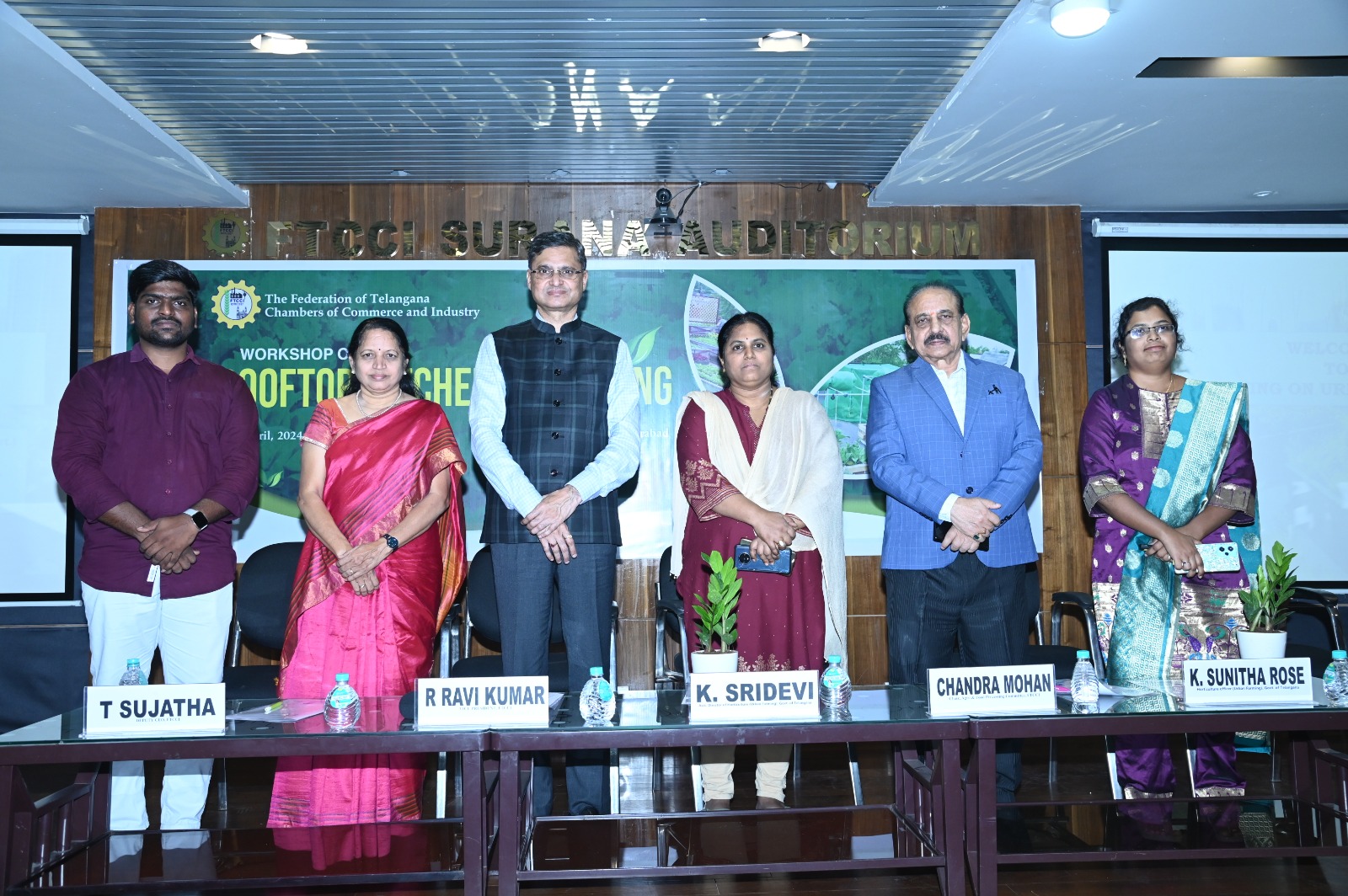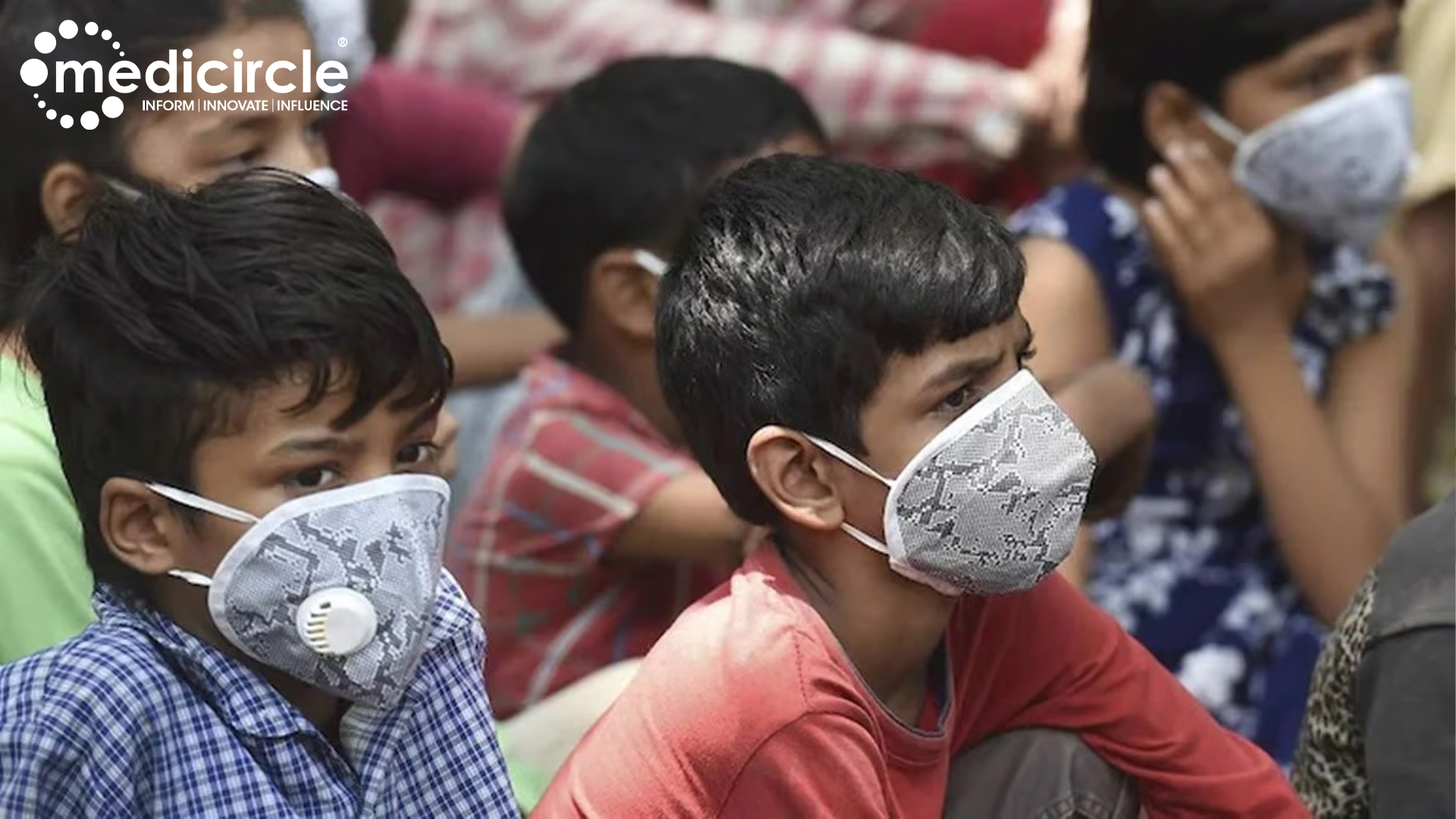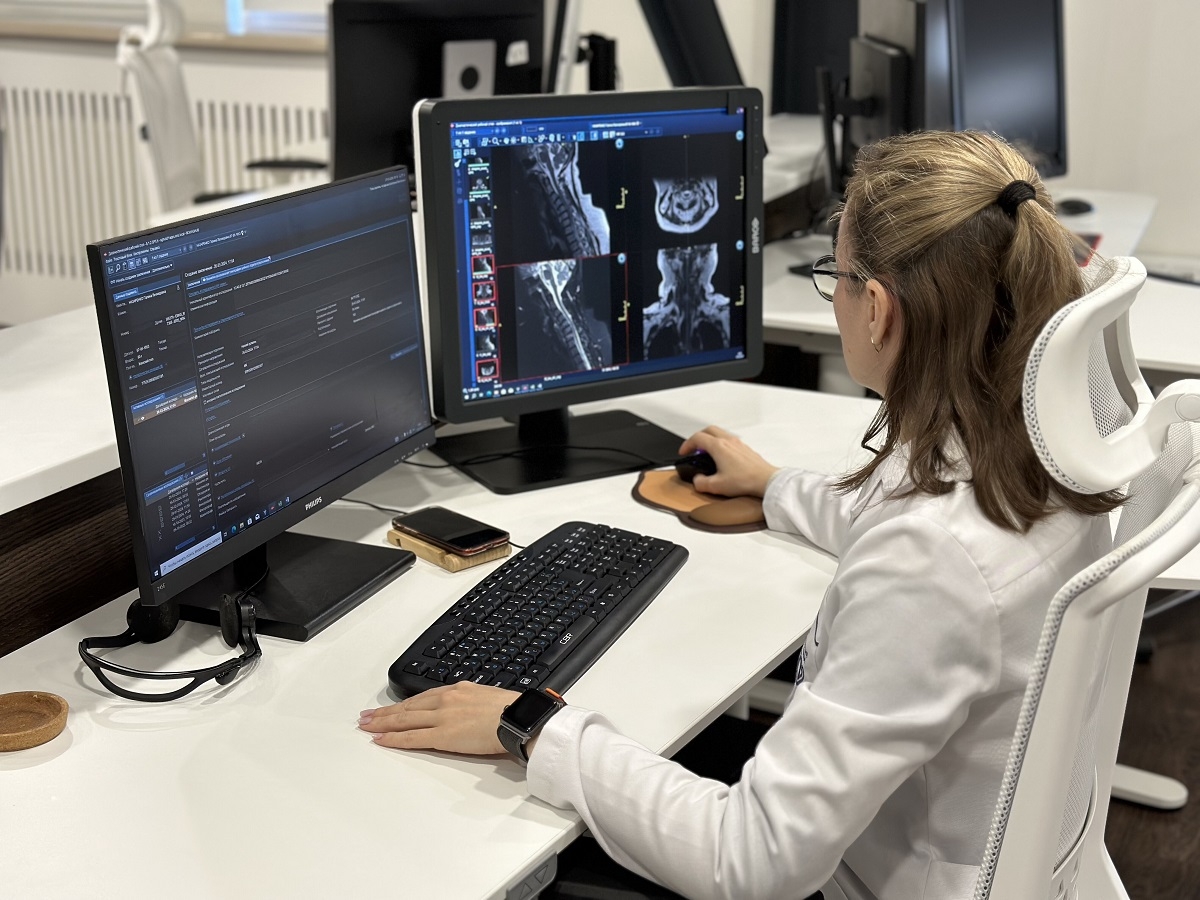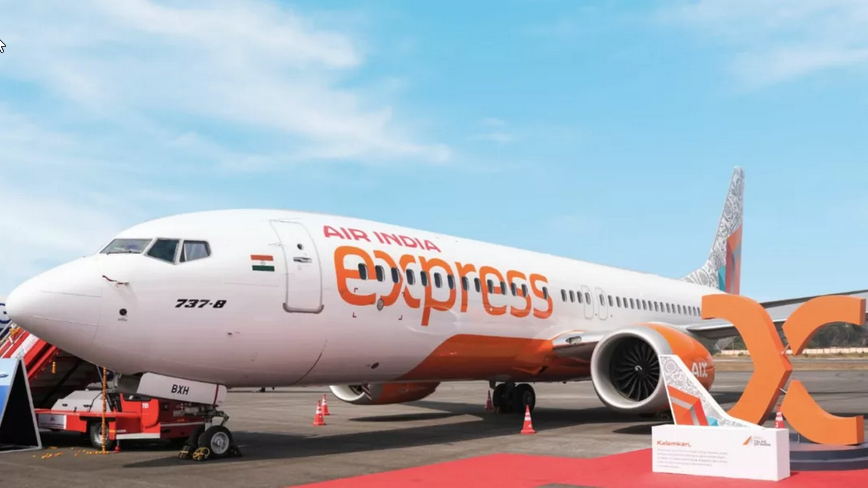Patient safety is the absence of preventable harm to a patient during the process of health care and the reduction of the risk of unnecessary harm associated with health care to an acceptable minimum.
Prof. Ashok Rattan, Advisor for Quality R&D, PathKind Labs is a specialist in Clinical Research, Laboratory Management, Microbiology, and Academics.
PathKind Labs is a leading Diagnostics center and a Pathology Lab in India.
The aim was to do the right thing, the first time and every time
Prof. Ashok talks about patient safety being a global health priority, “Patient safety has always been priority number one in the laboratory, and that is why they have this accreditation and when PathKind started, our aim was to do the right thing, the first time and every time. So, we are going to be a pan India Company, we have already 60 Labs and about 1000 collection centers. And we had decided that first is infrastructure. So, you make sure that the infrastructure is state of the art, the equipment is bought from reliable sources, they are all closed systems so that the reagents are bought centrally and then dispersed to the location. And they are then working according to standard operating procedures. And the persons who are hired are trained and then monitored to look at the competence and ability to perform the tests. And then all our labs are enrolled in an external quality assurance program besides doing quality control every day so that every step is being monitored. As in the laboratory, you have three main areas; one is pre-analytical, analytical, and post analytical. Pre-analytical is between the time of collection of samples and performing the test. This is the most variable because there are many persons involved and the rest of the process in the laboratory error does not normally occur partly because everything is very well controlled. It's the pre-analytical part, which is the most valuable and most prone to errors. So we have developed a sample collection manual, which we give. This is both in a written form, a printed form as well as a soft copy, which is given to everybody who deals with us which describes what is the test that we do? What is the sample that needs to be collected, how it needs to be collected? What temperature should it be transported? And when would the result be available? Then in the lab, there must be two patient identifiers as chances of missing or miss labeling becomes less that is why we get printed barcodes and the barcodes are placed on the sample as soon as the sample is collected. And also on the TRF test requisition form, we do not accept a sample without a test requisition form. And the test requisition form, as well as the sample barcode, must match. Then only it's accepted. If the sample is hemolyzed, or it is turbid then again it can interfere with the results. So we make sure that we don't accept it like that. If it leaks, then again it can cause trouble. So those are rejected. In the lab as I said the environment is quality controlled, the humidity is taken care of, the temperature is taken care of and normally we have a distinction of entry so that they are not disturbed. And they can continue doing the work. And once the sample has been processed, and then they don't have to write with hand, our instruments are bidirectionally linked to our software, so that it will populate the report at once. Then first the technician will review then the doctor will review. And once that is done, we send both soft copies as well as hard copies. As I said all of our laboratories take part in quality assurance programs. And we buy most of the quality assurance programs of the tests that we do. Some of our labs are accredited to a NABL that is ISO 15189. And they have also started entry-level schemes. Our labs are of three types one is the reference lab, which is the big lab which is naturally NABL accredited then we have network labs, which are smaller labs they do to kill hormones and then there are rapid response labs. Our aim is that we should reach out to the patients and we should be in smaller districts and towns. So the common results can be reported within half an hour. So, those are known as rapid response labs and even those labs, we are getting accredited. So the aim is that we should not make any mistake, and we should monitor whenever mistakes occur, then see the differences that for patient safety, you need to understand that it's not a person who makes the mistake, it is the process which makes the mistake. So, we need to keep improving our process and mistakes should be looked at as opportunities for improvement. So we must whenever something goes wrong, we would then try to do root cause analysis and then try to see that the system the process has improved. Once the process improves, then hopefully same mistakes will not occur,” he says.
It starts with the training
Prof. Ashok explains, “Health workers are also at high risk because ultimately if we are doing 2000 to 5000 tests of COVID every day and about 15 to 20% of them are positive, that would mean that we have a much higher chance of being exposed to the virus and any break in the process would cause trouble. So, it starts with the training, we train the person on every step, then the infrastructure, have biosafety hoods, in which the temperature is controlled and the airflow is controlled, and only the packets which contain the sample are open by persons who are wearing PPEs, gloves, aprons, masks, and goggles, and then they would then keep it separately, and it will be processed in another biosafety hood. So that the whole process till the viruses’ life is taken care of in biosafety hood, once the DNA or RNA is extracted, then the virus is dead. Now the risk becomes less. Now the sample might get mixed with sweat, there are RNAs that can destroy the virus and give the wrong report. So we need to make sure that the sample is also protected. Patients need to be protected, health care workers should be vaccinated against Hepatitis B. and undergo training, have a physical examination and vaccinations should be given to them. Again, tuberculosis is another disease that is acquired in the laboratories. So, again all the tuberculosis lab is a negative pressure lab, it is a two-room lab. So that from the corridor, you have to come into a smaller room, which is air locked, and then only when you close the door Can you open the second door and that is under negative pressure, which has bi- safety hood, as a consequence, all work will be done in biosafety hood and no bacteria can go into the main lab and biosafety hood has provision to burn the virus or bacteria as it goes out, so that the environment is also protected. And lastly, it is attention to the biomedical waste that we produce we autoclave and then we send it out to the vendor who would then hopefully dispose it of in the right way. So every step, proactively we try to make sure that attention is given to every detail so that chances of error don’t exist,” he says.
Drive-Thru for Path Labs
Prof. Ashok talks about digitalization, “Yes more people are going in for digital especially the youngsters. We have been having a lot of videoconferencing and video consultation, though the sample has to be physically collected. So what we've tried to do is we've done one is home collection was always there, though for home collection, then the person has to wear the PPE and then go home. The second option we have is a person who can drive-in. So we have made a drive-thru where the person doesn't come out of his car and our flabo goes and collects the sample from them. And then they report are always transmitted electronically. We also, once the report is ready, we send an SMS that the report is ready, then we give them the password so that they can download the report if you want, but if they and if they are not able to download it like that, then we send them to send a PDF file for onto their, their email, but we also provide hardcopy to them. So, we are making use of both of the software that is available and all our labs are linked. So that once the report is ready, and then whether you are in Bengal, or in Orissa, you have the report at once,” he says.
Edited By- Rabia Mistry Mulla
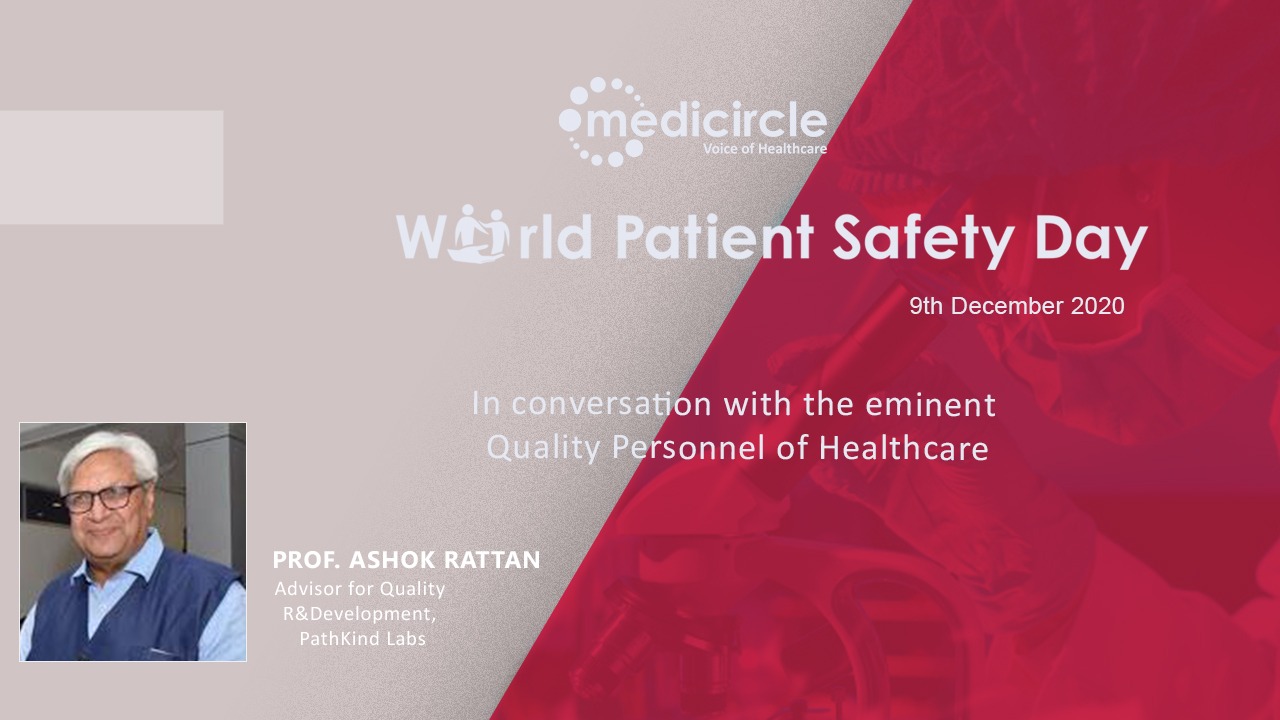
 “We need to keep improving our process and mistakes should be looked at as opportunities for improvement,†says Prof. Ashok Rattan, Advisor for Quality R&D, PathKind Labs.
“We need to keep improving our process and mistakes should be looked at as opportunities for improvement,†says Prof. Ashok Rattan, Advisor for Quality R&D, PathKind Labs.














